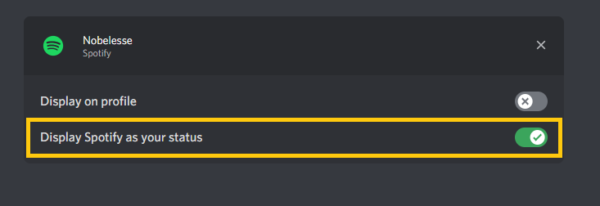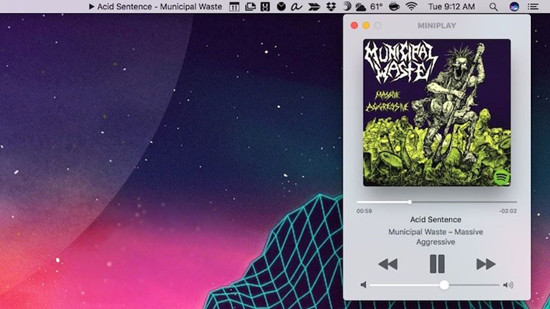
In the end, by pushing for a cleaner UI for the NPB and navigation, designers crafted a more elegant space that enabled others at Spotify to build more without adding more. While the problems were apparent to a lot of people, getting fixes for them on a roadmap was difficult - they needed to prove that these visual updates would primarily lead to more flexibility and unlock experimentation while also putting content first and allowing creators’ work to shine. It also wasn’t clear to all listeners that when you tapped the NPB, it would lead to a more immersive ‘now playing view’, where you can dive deeper into the art, lyrics, and story behind the music. As static features, they took up a lot of room in the app. Making Room for ChangeĪt Spotify, there are many teams contributing to the consumer mobile experience and, for quite some time, these different groups all found they were facing the same blockers when it came to the NPB and the navigation.


In the case of the recent changes to the NPB, the design teams who work on the app could see that by updating the UI, not only could they improve the experience, they could make space for some of the bigger changes that other teams wanted to ship further down the line, such as improving machine learning capabilities - an observation that helped get stakeholder buy-in. They know when to take big risks that pay off, and when to make a strong argument for prioritizing design- and experience-driven work over metrics-based feature improvements.


 0 kommentar(er)
0 kommentar(er)
